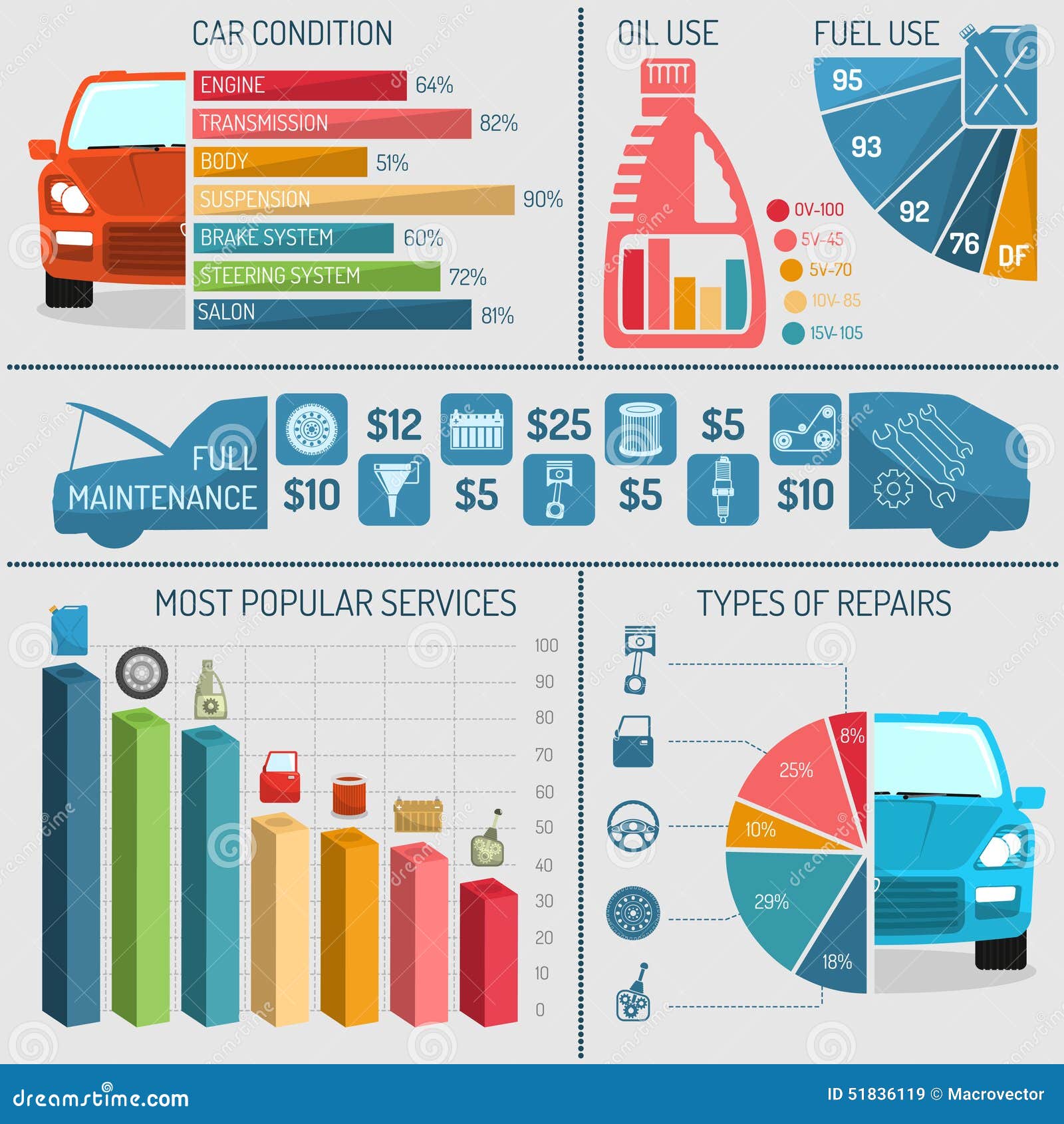Translating Your Vehicle'S Warning Indicators: What They Genuinely Symbolize
Translating Your Vehicle'S Warning Indicators: What They Genuinely Symbolize
Blog Article
Authored By-Boye Forbes
When you lag the wheel, those glowing warning lights on your dashboard can be a bit difficult. Do you recognize what they're attempting to tell you about your vehicle's health and wellness? Recognizing the significance of these lights is vital for your safety and the durability of your automobile. So, the next time one of those lights pops up, would not you want to decipher its message precisely and take the required actions to address it?
Common Caution Lights and Interpretations
Identify usual caution lights in your automobile and recognize their meanings to ensure risk-free driving.
One of the most normal caution lights include the check engine light, which signifies issues with the engine or exhausts system. If this light begins, it's critical to have your vehicle checked without delay.
The oil pressure warning light suggests reduced oil pressure, needing instant attention to prevent engine damage.
A blinking battery light could suggest a faulty billing system, potentially leaving you stranded if not dealt with.
The tire stress tracking system (TPMS) light alerts you to reduced tire stress, impacting automobile security and fuel performance. Ignoring this could lead to harmful driving problems.
The abdominal muscle light suggests an issue with the anti-lock stopping system, compromising your ability to stop rapidly in emergency situations.
Last but not least, the coolant temperature advising light warns of engine overheating, which can result in serious damages if not dealt with promptly.
Recognizing these usual warning lights will assist you deal with issues immediately and maintain secure driving problems.
Significance of Prompt Focus
Comprehending the common caution lights in your automobile is only the very first step; the relevance of quickly resolving these warnings can not be emphasized enough to guarantee your safety and security when driving.
When a warning light brightens on your control panel, it's your auto's method of connecting a potential concern that needs interest. Overlooking these warnings can bring about a lot more serious troubles down the road, compromising your safety and security and possibly costing you a lot more out of commission.
Motivate attention to cautioning lights can prevent break downs and mishaps. For example, a blinking check engine light can show a misfire that, if left neglected, could cause damages to the catalytic converter. Resolving relevant internet site without delay can conserve you from an expensive fixing.
Likewise, a brake system warning light might indicate reduced brake liquid or used brake pads, critical elements for your security when driving.
Do It Yourself Troubleshooting Tips
If you observe a warning light on your dashboard, there are a couple of DIY repairing ideas you can try prior to looking for professional assistance.
The very first step is to consult your auto's guidebook to comprehend what the details caution light suggests. Occasionally the issue can be as basic as a loose gas cap triggering the check engine light. Tightening the gas cap might solve the problem.
One more usual issue is a low battery, which can cause various advising lights. Checking https://emiliomduka.eedblog.com/30348004/the-five-major-myths-of-auto-describing-clarified-and-resolved for corrosion and guaranteeing they're safe and secure may fix the issue.
If a warning light persists, you can attempt resetting it by detaching the cars and truck's battery for a few mins and then reconnecting it. Furthermore, examining your car's fluid degrees, such as oil, coolant, and brake liquid, can help repair alerting lights associated with these systems.
Verdict
Finally, recognizing your automobile's warning lights is necessary for keeping your lorry running efficiently and safely. By immediately dealing with these signals and recognizing what they mean, you can prevent pricey repair work and potential breakdowns.
Bear in mind to consult your cars and truck's guidebook for certain details on each cautioning light and act appropriately to guarantee a trouble-free driving experience.
Remain notified, remain risk-free on the road!
